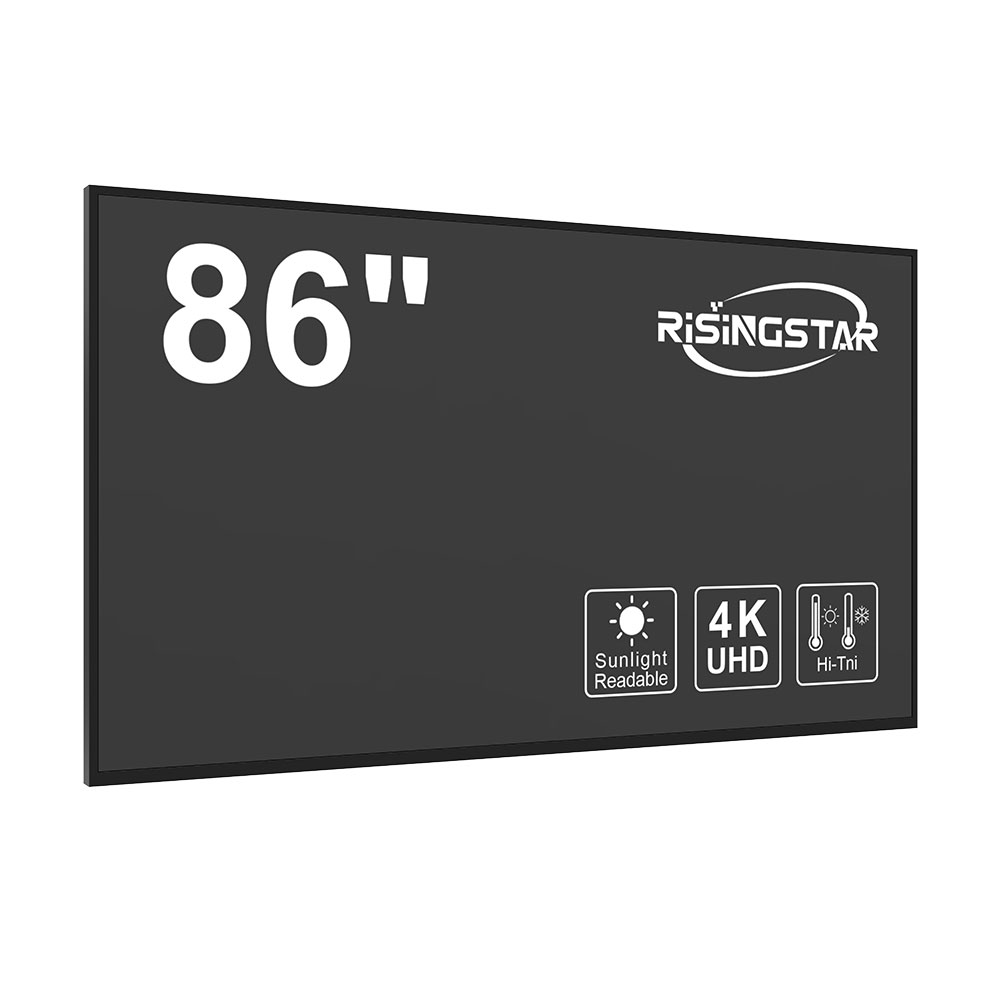
Privacy statement: Your privacy is very important to Us. Our company promises not to disclose your personal information to any external company without your explicit permission.
The world of outdoor LCD screens has experienced significant advancements in recent years, driven by the increasing demand for high-quality display solutions capable of withstanding challenging environments. One of the critical specifications that influence the effectiveness of these screens is the display ratio. Among various display ratios, the 4:3 aspect ratio continues to hold its ground, particularly in certain applications. This article delves into the specifics of 4:3 display ratios in 15", 17", and 19" outdoor LCD screens, their benefits, and their suitable use cases.
The 4:3 aspect ratio, which means that for every four units of width, there are three units of height, was historically popular for computer monitors and television screens. Even as wider formats like 16:9 and 16:10 have become more prevalent, the 4:3 ratio remains useful for several applications, including point-of-sale systems, interactive kiosks, and legacy video content.
When considering outdoor LCD screens, particularly those with dimensions of 15", 17", and 19", several factors come into play. Firstly, the transition from indoor to outdoor usage introduces challenges related to brightness, contrast, and durability. The outdoor models must shield against rain, dust, and direct sunlight while maintaining high visibility. Consequently, when designing 4:3 outdoor LCD screens of these sizes, engineers must integrate robust backlighting technologies to ensure image clarity even under bright daylight conditions.

The 15" outdoor LCD screen offers a compact solution for limited spaces where interactivity and visibility are paramount. Applications such as digital signage, wayfinding, or information displays benefit from the 4:3 display ratio, allowing for easier accommodation of graphical logos and text, ensuring essential information is accessible to users from varying distances. This size is particularly beneficial for retail environments or exhibitions, where screen real estate is often at a premium.
Moving to the 17" panel, this size strikes a balance between larger displays and manageable form factors. The 4:3 ratio here enhances multimedia presentations, allowing for a better viewer experience compared to wider formats, particularly when displaying legacy content. In environments such as bus terminals or outdoor ATMs, the 17" screen can effectively convey information without overwhelming the viewer with excess visual data, making it ideal for timed announcements.
The 19" outdoor LCD screen, utilizing a 4:3 ratio, is well-suited for applications that demand higher information density, such as in control rooms or industrial settings. The size allows for more detailed images and text, making it easier for operators to monitor processes and relay critical data. Maintaining clarity and brightness is paramount, necessitating advanced screen technologies, such as anti-glare coatings and high-efficiency LED backlighting.
In addition to the technical specifications, user interaction plays a crucial role in the design of outdoor LCD screens. The integration of touch technology, which is increasingly common in modern displays, invites users to engage with the information displayed. Here, the 4:3 aspect ratio can accommodate multi-touch gestures without compromising display integrity, providing an interactive experience that enhances user engagement.
Another advantage of 4:3 screens is the compatibility with a broad range of software applications, especially legacy applications that were built specifically for older monitors. Companies venturing into outdoor advertising or interactive kiosks can often leverage existing content with minimal adjustments, thus reducing developmental costs and time-to-market.
In conclusion, while the 4:3 display ratio might seem obsolete in a world saturated with widescreen formats, it continues to offer unique advantages for 15", 17", and 19" outdoor LCD screens. The balance between size, clarity, and compatibility with existing content makes these screens particularly valuable in specific contexts. As outdoor display technology continues to evolve, the 4:3 aspect ratio remains relevant, showcasing the diversity and adaptability of LCD screen applications in various environments.
Email to this supplier

Privacy statement: Your privacy is very important to Us. Our company promises not to disclose your personal information to any external company without your explicit permission.